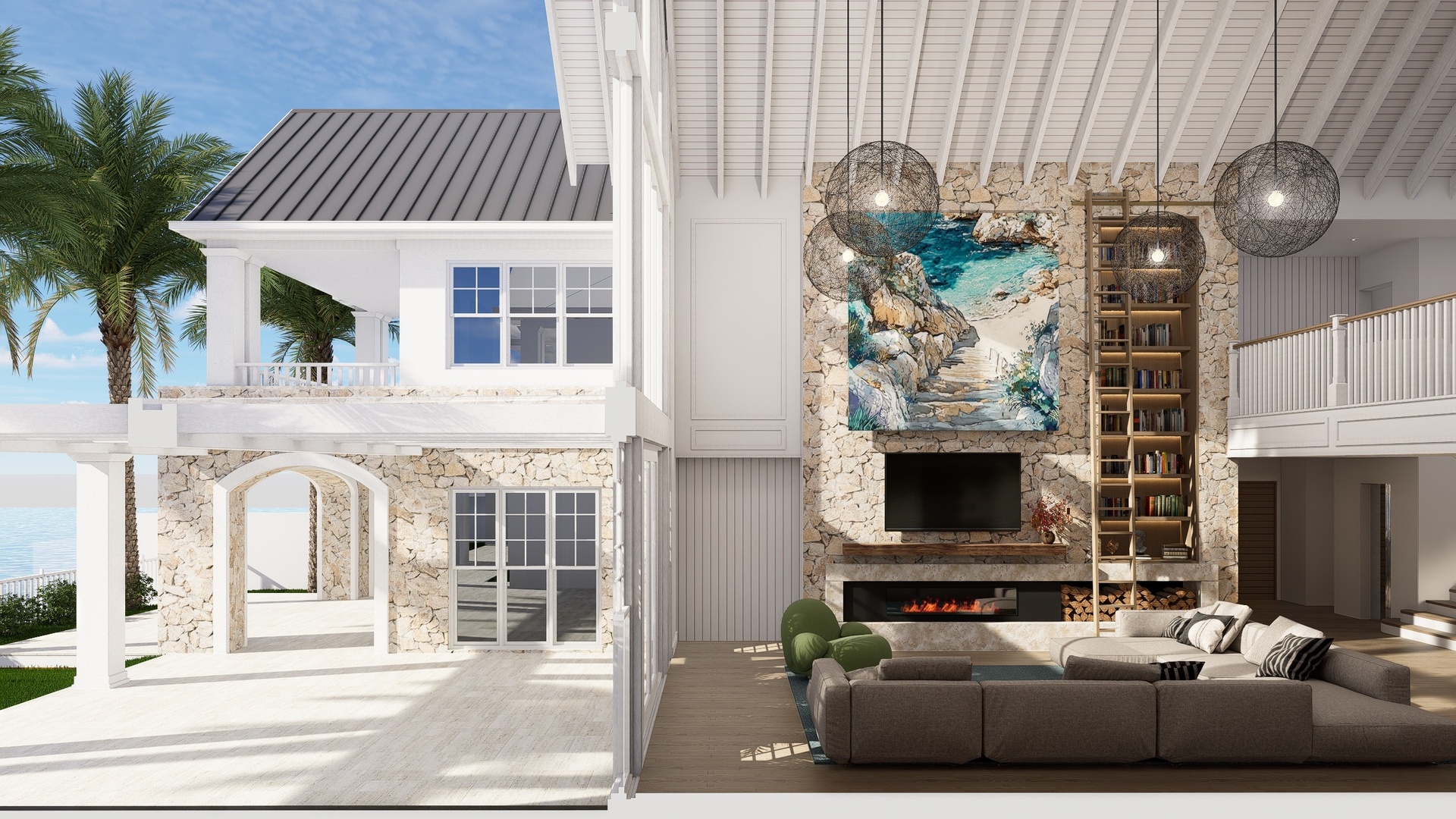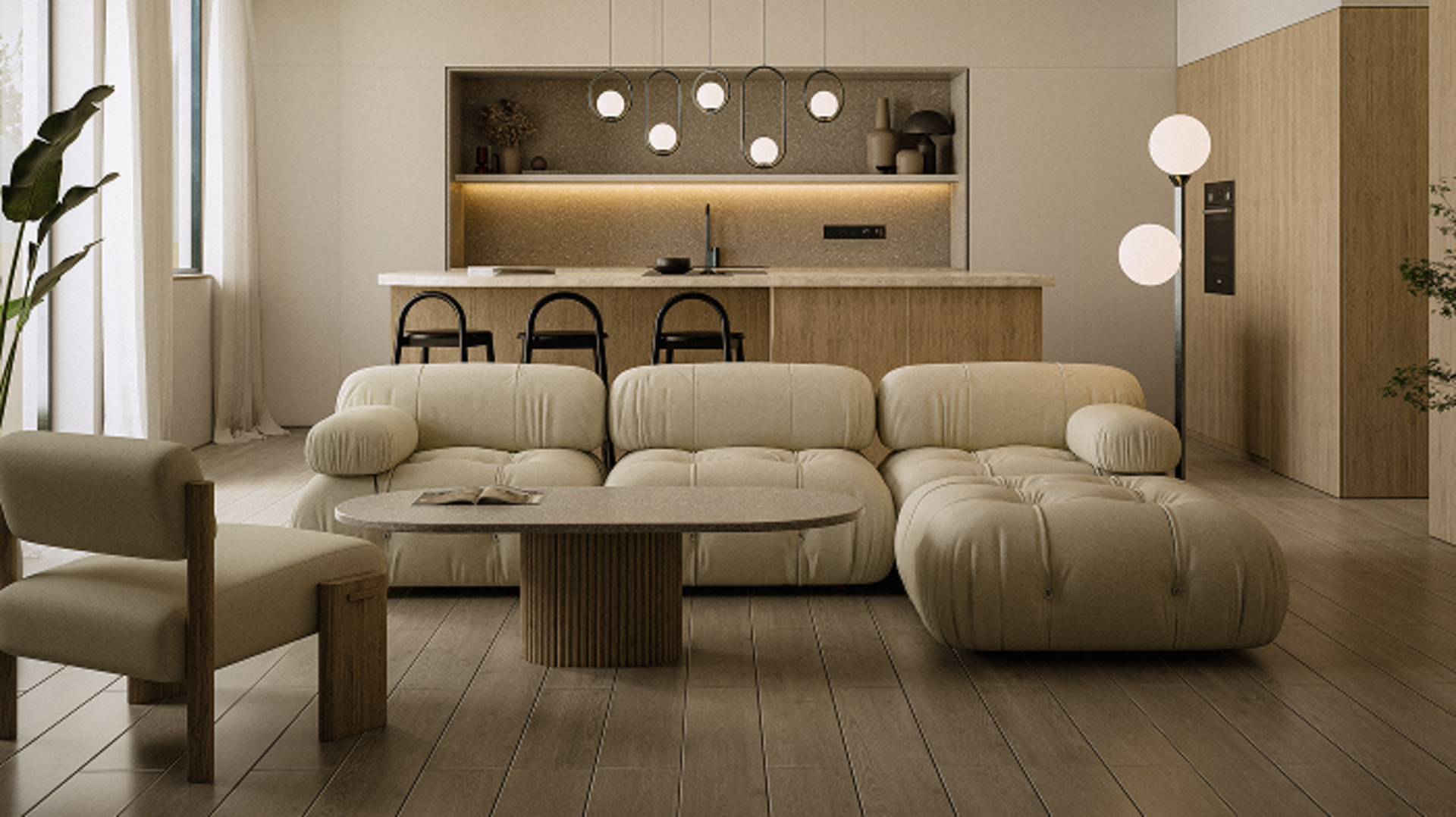Speed matters, but the real value is in the quality of the conversation. D5 helps us communicate ideas faster and better, but it’s the design thinking behind the visuals that makes the difference in speed to market.
—Richard Clarke, IV, AIA | Design Partner
Key Takeaways:
- Leading design firm AO unites architects, visualizers, and landscape designers in real time through D5 for Teams, streamlining collaboration across studios.
- Integrating D5 into AO’s workflow cuts design turnaround, enabling faster communication and quicker client approvals.
- D5 empowers AO to design smarter—enhancing creativity, clarity, and efficiency without replacing design leadership.
Studio Overview
- Location: US (collaborating teams in multiple cities across the states)
- Team Size: 325-350 employees firm-wide
- Studio Type: Large, multidisciplinary architecture practice (architecture, landscape architecture, planning, interiors)
- Project Types: Full spectrum of commercial and multifamily real estate, including retail, mixed-use, hospitality, residential, office, industrial, science + technology, healthcare, recreation, and entertainment destinations.
- Modeling Tools: REVIT and SketchUp (primary 3D modeling) + AutoCAD (for site plans)

When architecture firms scale across cities and disciplines, design communication can easily become fragmented. Architects iterate in one file, visualizers render in another, and landscape designers finalize context separately—each step adding delays and misalignment. For leading architecture firm AO, a 325-person multidisciplinary practice with 17 studios across the United States, this challenge is a daily reality. D5 Render is helping AO bridge that gap—enabling teams to better visualize, share, and experience a seamless design language.
Today, AO’s teams are using D5 for Teams to bridge architecture, visualization, and client collaboration in real time. What started as a single experiment in their Atlanta studio has evolved into a firm-wide goal to reshape how AO designs, reviews, and presents projects.
1. Real-Time Design Collaboration Across Disciplines
For Richard Clarke, IV, AIA, Design Partner at AO’s Atlanta office, visualization isn’t an afterthought—it’s part of design thinking. That’s why his team brings every SketchUp model into D5 right from the earliest concept phase.
We push projects into D5 right away. I’d rather see our projects in D5 because we can study the cadence of architectural massing and materials within a specific site context. We can then quickly begin to assign additional design details for a comprehensive design understanding for our clients.

This early integration sets the tone for how AO operates with D5 for Teams: architects shape the structure, visualizers refine materials and lighting, and landscape designers populate the environment—all referencing the same master scene. Using D5’s scatter tools and AI-assisted vegetation placement, the team can simulate desert terrain in Palm Springs or urban greenery in San Jose within minutes.
Unlike traditional workflows where files pass from one team to another, D5’s real-time rendering engine lets everyone visualize design intent together. Designers work side by side—one adjusting geometry in SketchUp, another fine-tuning lighting and camera angles in D5. As Clarke put it, “There’s no guessing game anymore. What we see in D5 is what the client will get.”
1.1 Shared Libraries, Shared Vision
At AO’s scale, visual consistency is as important as design speed. The firm’s studios in Atlanta, California, and New York each manage diverse project types—from data centers and EV charging facilities to large mixed-use developments. D5 for Teams’ shared libraries and centralized presets are quickly becoming the foundation for maintaining that visual continuity.

AO’s visual team curates lighting templates, camera setups, and material collections in D5’s Team Library. These resources are available to every designer across the firm’s 17
offices, ensuring each project speaks the same visual language no matter where it’s produced.
The upcoming rollout of Worksets, D5’s multi-user editing system, will take this further— enabling multiple team members to work in the same scene simultaneously, each within their defined scope (architecture, landscape, animation, etc.).
For AO, that means a more fluid and parallel workflow: “The Atlanta office can work on site context while the California team refines materials,” said Clarke. “When you bring it all together in one D5 scene, it’s completely aligned.”
1.2 Context Brings Clarity—For Everyone
The power of D5’s Cesium integration has been a game changer for several of AO’s projects in California and beyond. Instead of static aerial composites or manual Photoshop montages, teams can now drop models directly into real-world geospatial context—terrain, elevation, and nearby buildings included.
This capability has proven to be a significant advantage for AO in presentations to clients and city agencies, helping convey design intent with greater clarity. During the Palm Springs EV Center project, for example, the design team used Cesium to show the facility at the foothills of the San Jacinto Mountains, surrounded by its desert landscape. That real- world context helped clients immediately understand massing, orientation, and material choices.

"The client starts seeing their building in the site context,” explained Senior Designer and visualizer Sal Sajwani. “We can show them exactly how it sits in the environment, and what they see during the presentation is what they’ll get.”
It also helped streamline approvals. City reviewers—accustomed to abstract 2D plans— were able to evaluate the project with full visual context. As Clarke noted, “We gave them something they don’t normally see this early, and they were over the moon.”
1.3 A Clearer Path from Design to Documentation
D5’s role at AO goes beyond presentations. The visuals produced in D5 also serve as a communication bridge between design and documentation teams.
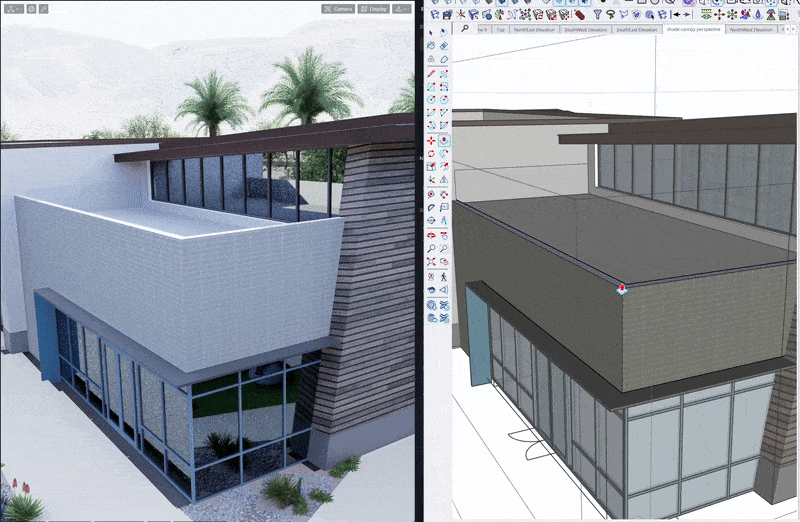
When the design team hands off a D5 model, the production team gains a much clearer understanding of the project’s intent—materials, lighting, and details are already defined. This reduces ambiguity and saves time in drafting construction documents.
They’ve got much more clarity and efficiency when preparing technical drawings. There’s less ambiguity, fewer questions.
That clarity translates directly to speed. AO estimates D5 has cut their overall workflow time, reducing what could sometimes take weeks into just a few days—especially in early concept and approval stages.
2. Business Impact: Clarity, Agility, and Confidence
For AO, adopting D5 for Teams has done more than accelerate design—it’s changed how ideas move across the studio.
2.1 Faster Approvals, Happier Clients
Many of AO’s clients—ranging from developers to major corporate partners—appreciate the value that D5 enables. It allows them to explore multiple design options, compare material palettes live, and make confident decisions early.
In one instance, AO presented three façade color schemes for a client. Instead of waiting days for new renders, the team switched between variations instantly in D5. The client chose their preferred option on the spot.
"They zeroed in on option three and said, ‘This is what we want.’ It really circumvented the amount of time it would normally take,” Clarke recalled.

This immediacy doesn’t just impress clients—it delivers real, tangible value. By enabling designers to create high-quality, realistic visuals quickly, D5 helps streamline communication and accelerate decision-making. Concepts that once required days of coordination can now come together in a single session, improving efficiency and clarity throughout the design process. As Clarke noted, “If we can submit a project to the city quicker, there’s an advantage for the project and the entire development team.”
2.2 Scaling Collaboration Across Studios
The firm’s next phase is full adoption of D5 Teams’ collaboration and management tools—including centralized user roles, cloud storage, and shared team assets. Sal, who has led the implementation in Atlanta, is now training the California studio to integrate D5 Teams into their workflow.
“We’re migrating this into our other studios,” Clarke said. “The goal is for every designer, not just visualization specialists, to work fluently in D5.”
That vision reflects AO’s broader cultural shift: rendering is no longer a separate department—it’s a shared realm of design. D5 for Teams gives AO a platform where ideas
move freely between architects, visualizers, and clients—bridging creativity and efficiency in one environment.
2.3 Designing Together, Better Delivery
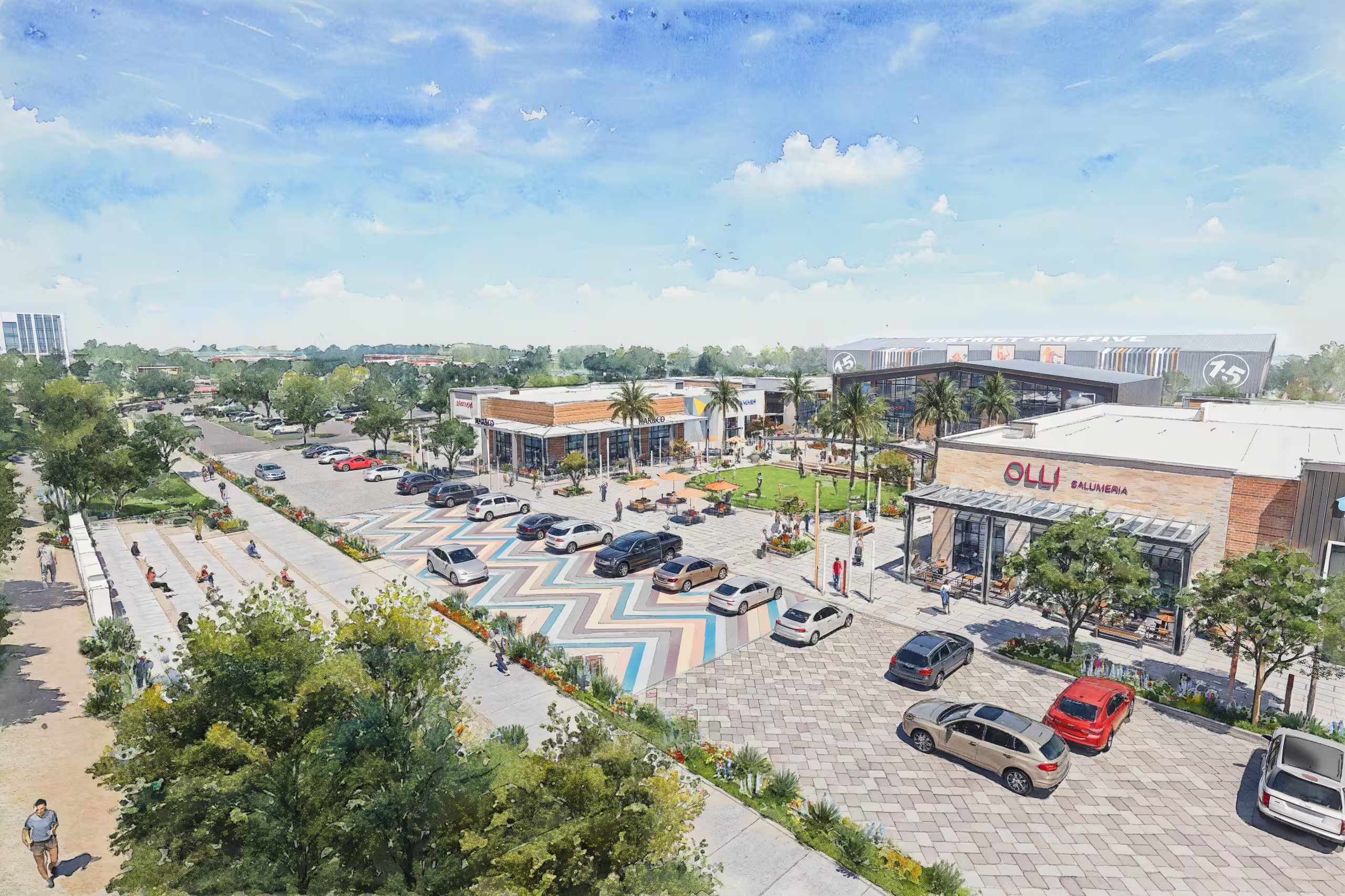
AO's experience reveals the deeper promise of D5 for Teams: it’s not just about faster rendering—it’s about designing together.
Teams now test more ideas without increasing workload. From façade materials to landscape palettes, variations can be generated and evaluated instantly, helping AO respond quickly to feedback. By merging design and visualization into one collaborative workflow, AO has turned D5 into both a creative canvas and a communication engine—one that connects every stakeholder in real time, from concept sketches to client approvals.
We’re always striving to be more coordinated and connected. Tools like D5 help us collaborate and communicate more effectively — that’s what keeps us competitive.
3. Firm-Wide Adoption and the Road Ahead
AO began its journey with a handful of D5 licenses in the Atlanta office. Today, the tool connects multiple studios across the country, with centralized libraries and shared assets maintaining design consistency. Sal Sajwani is now leading training sessions to bring California teams fully onboard with D5 for Teams, enabling real-time collaboration across time zones and disciplines.
For AO, D5 is not replacing design—it’s amplifying it.
Technology has become a true partner in the creative process, empowering design teams to stay focused on ideas whileD5 enhances consistency, clarity, and communication.
Speed offers a key advantage as a welcomed by-product of these efficiencies. What D5 offers is a powerful means to visualize and convey design intent with greater precision and understanding, helping clients and communities see the full potential of each project.

🌟 Your Work Deserves the Spotlight
Has D5 transformed how you design, present, or collaborate? Turn your D5 Render project into a story that inspires designers around the world! Share your journey—and let the world see what’s possible.
By submitting your project, you could:
✅ Be featured in a global case study seen by thousands
✅ Co-host a D5 webinar and showcase your expertise
✅ Speak at official D5 events and elevate your industry presence
This is more than a feature—it’s your chance to grow your voice, build your brand, and inspire a global design community. Share your stories here.

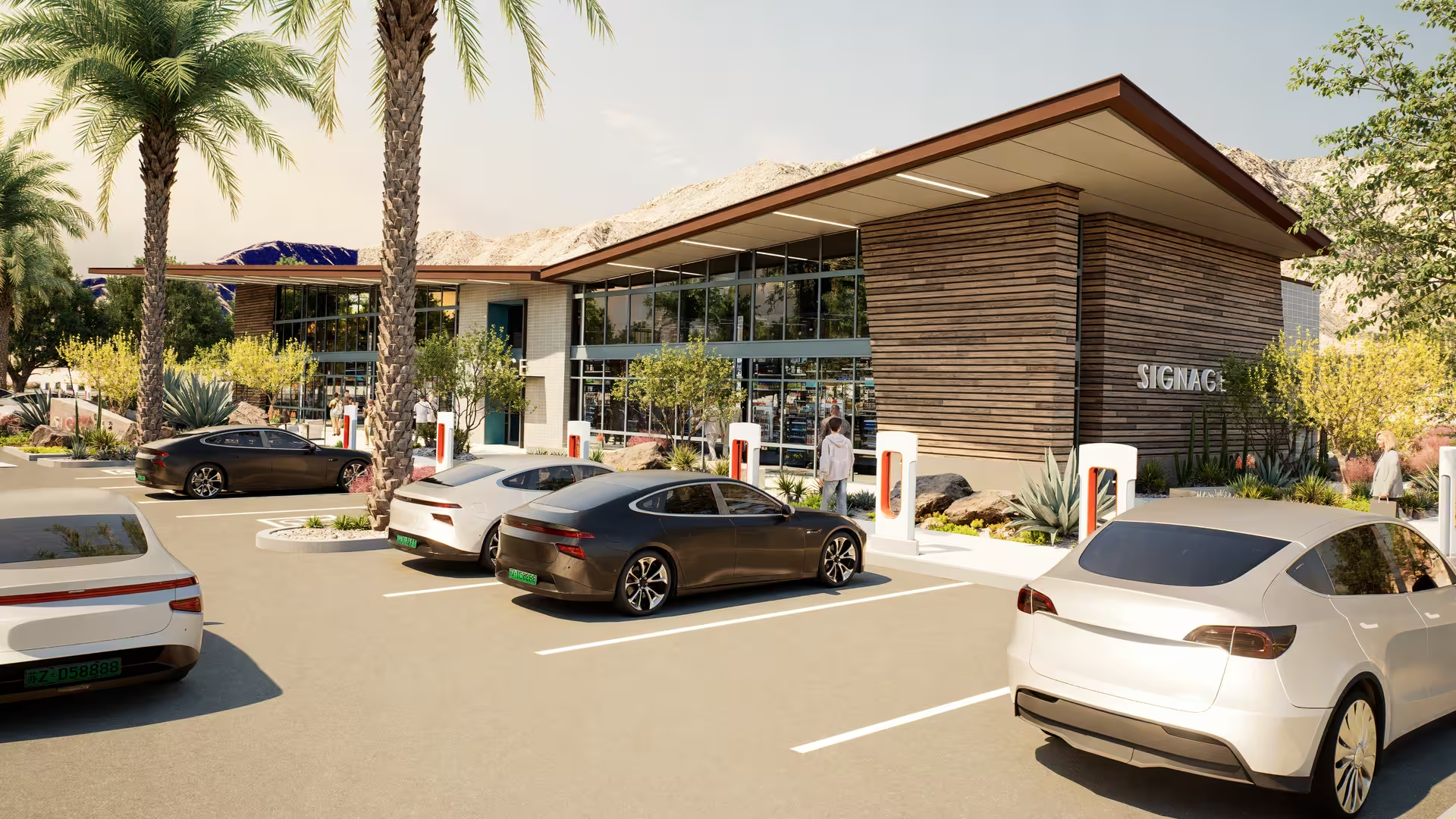


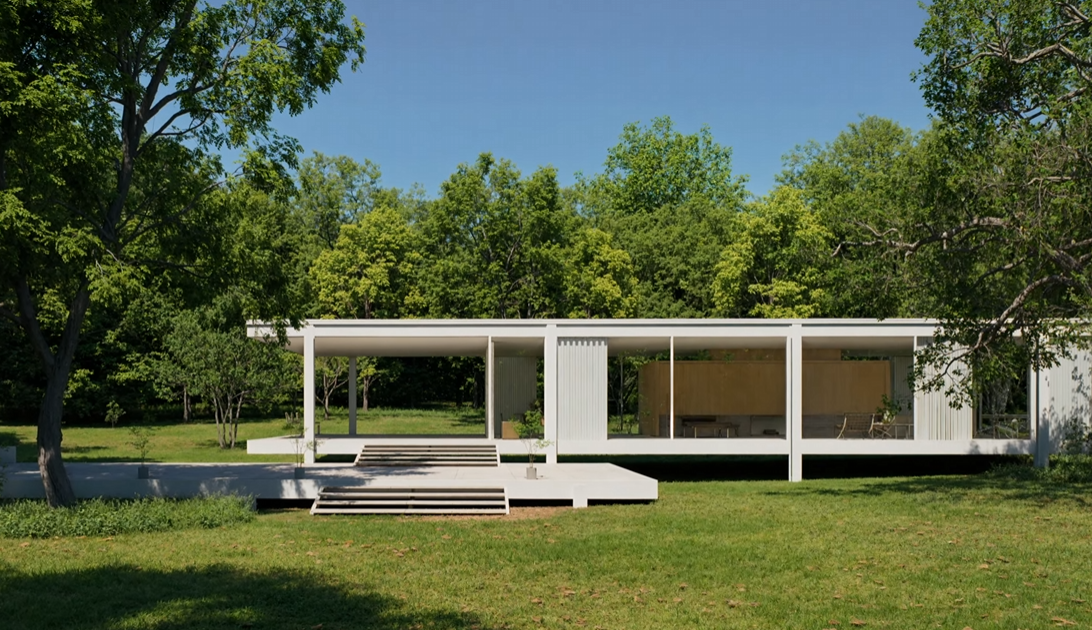
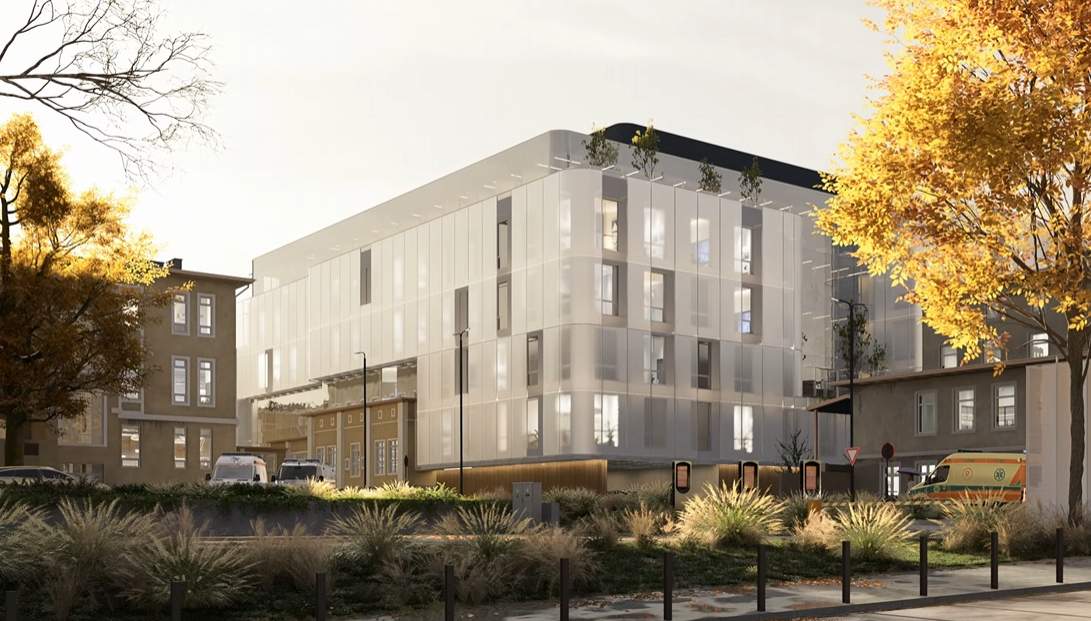

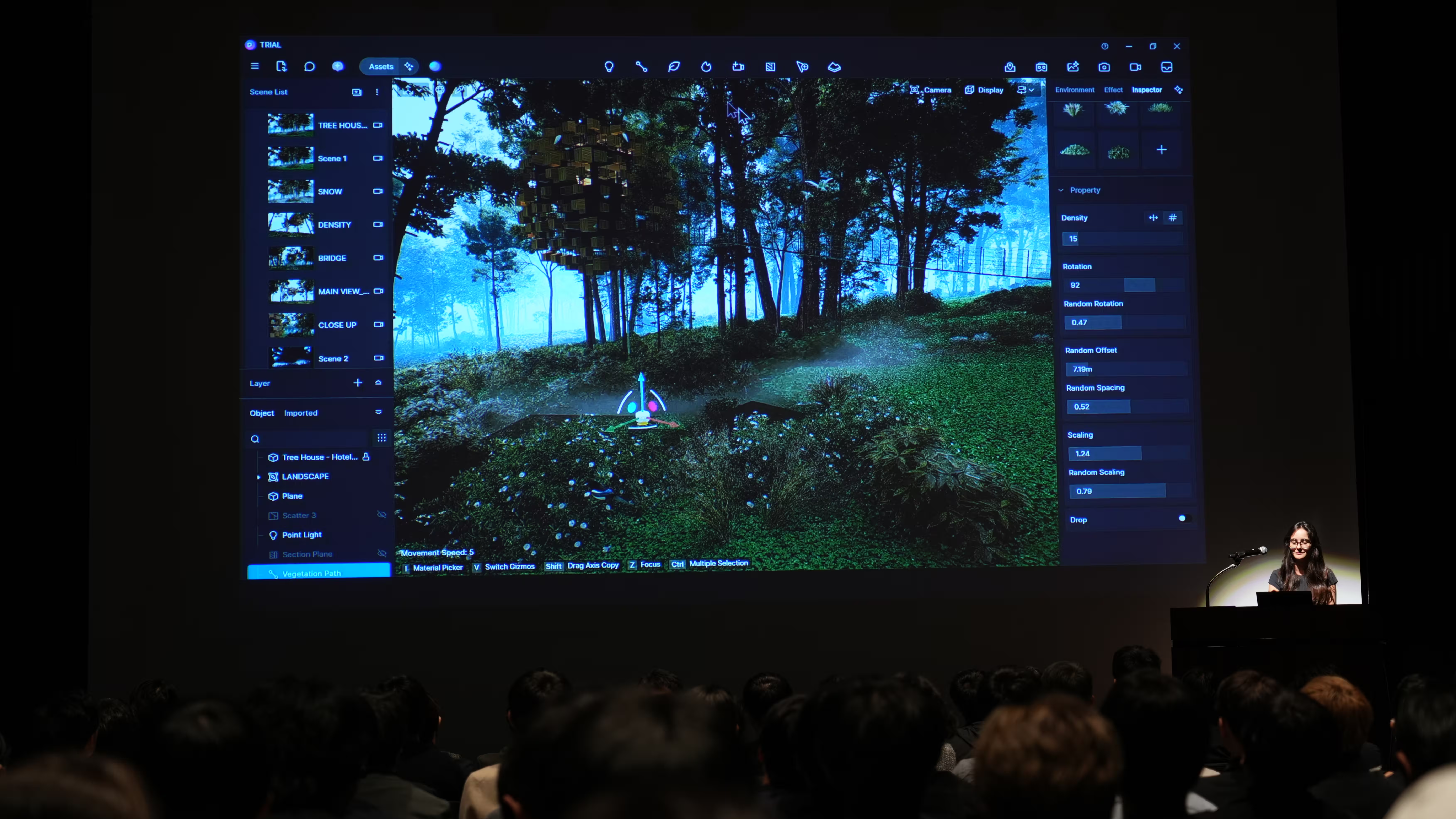
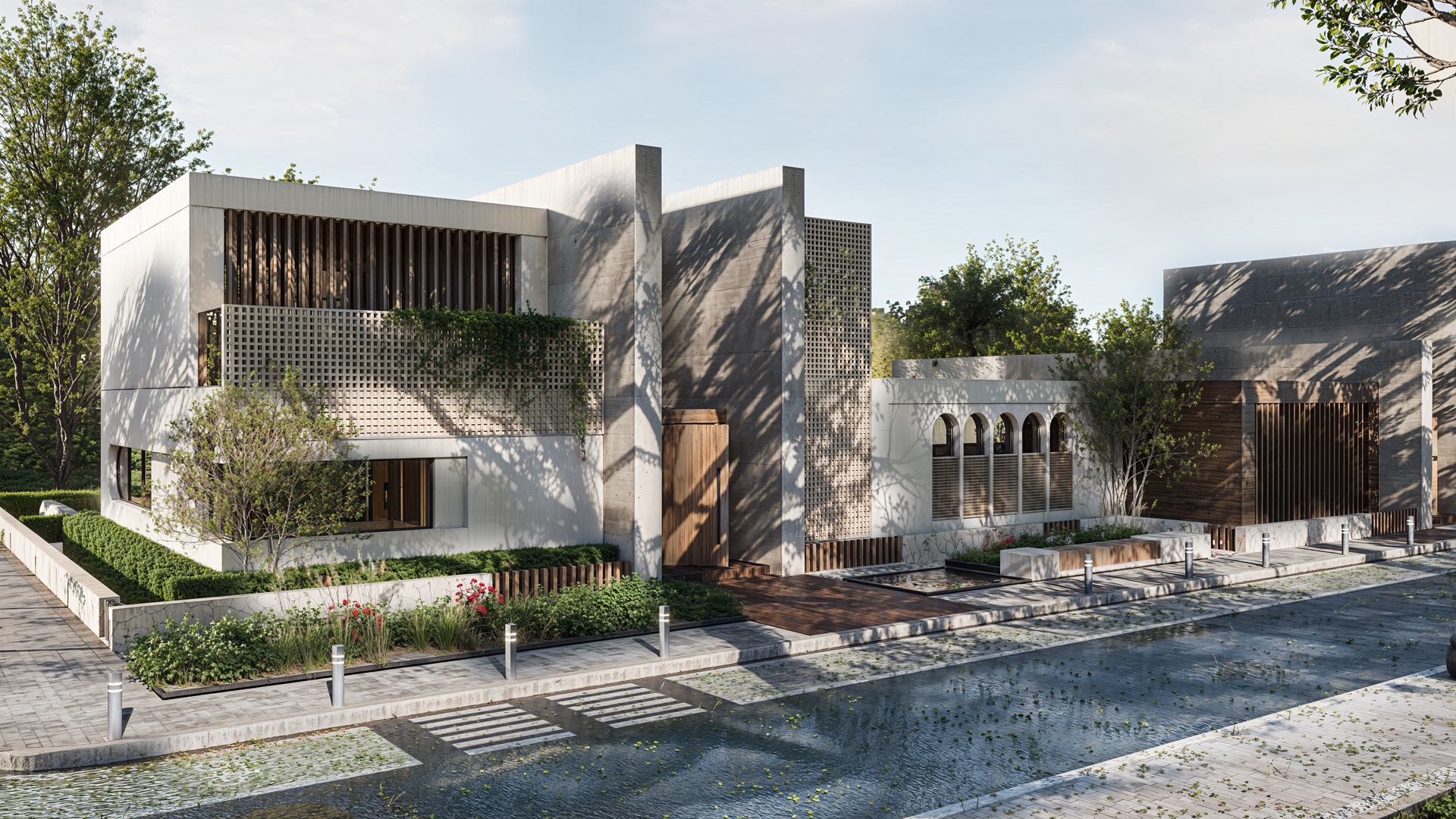
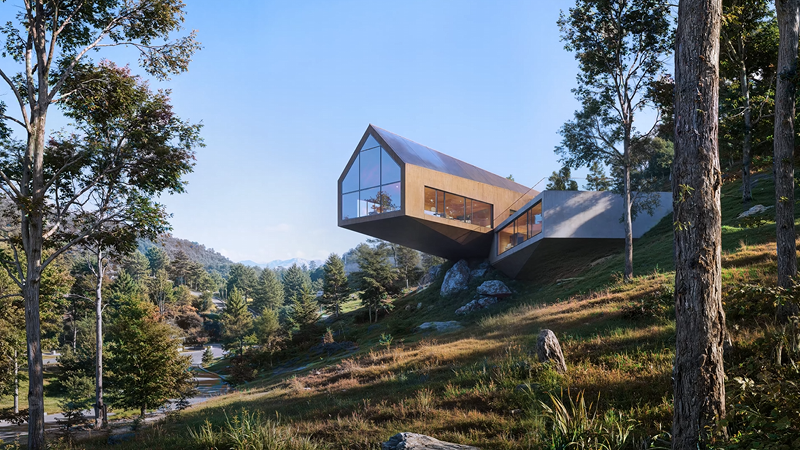
%20(1).png)
.png)

.png)

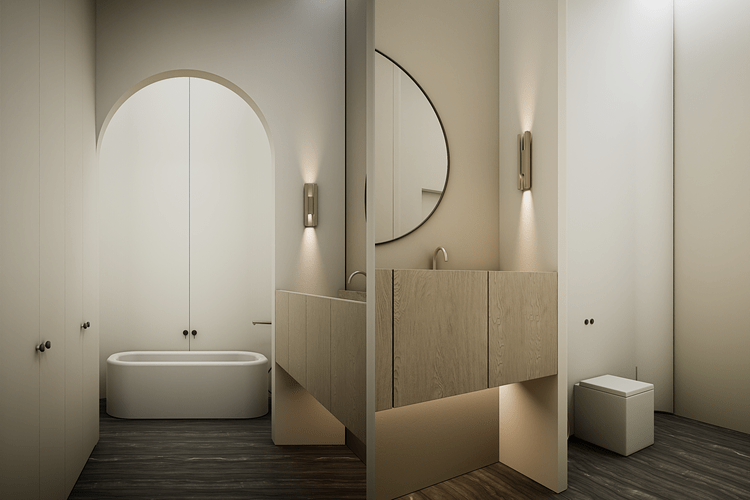
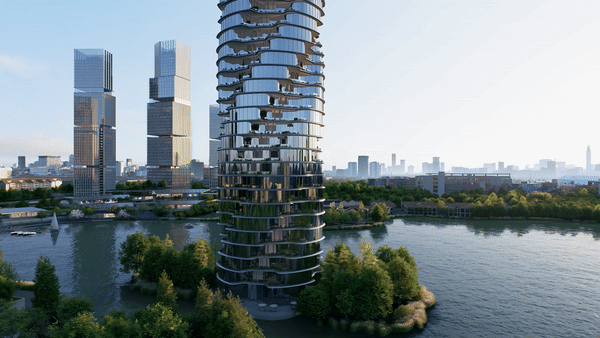
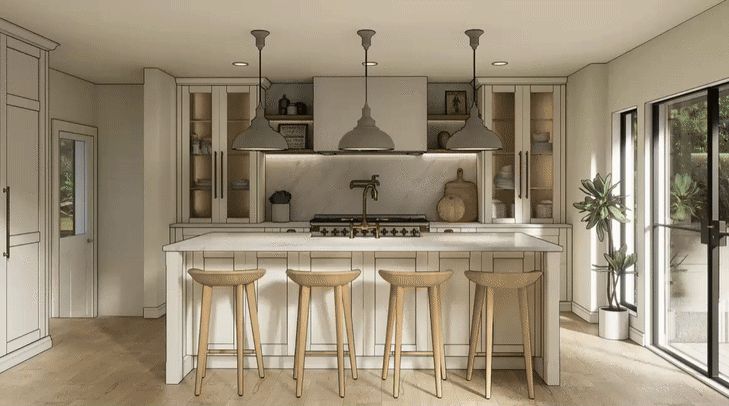
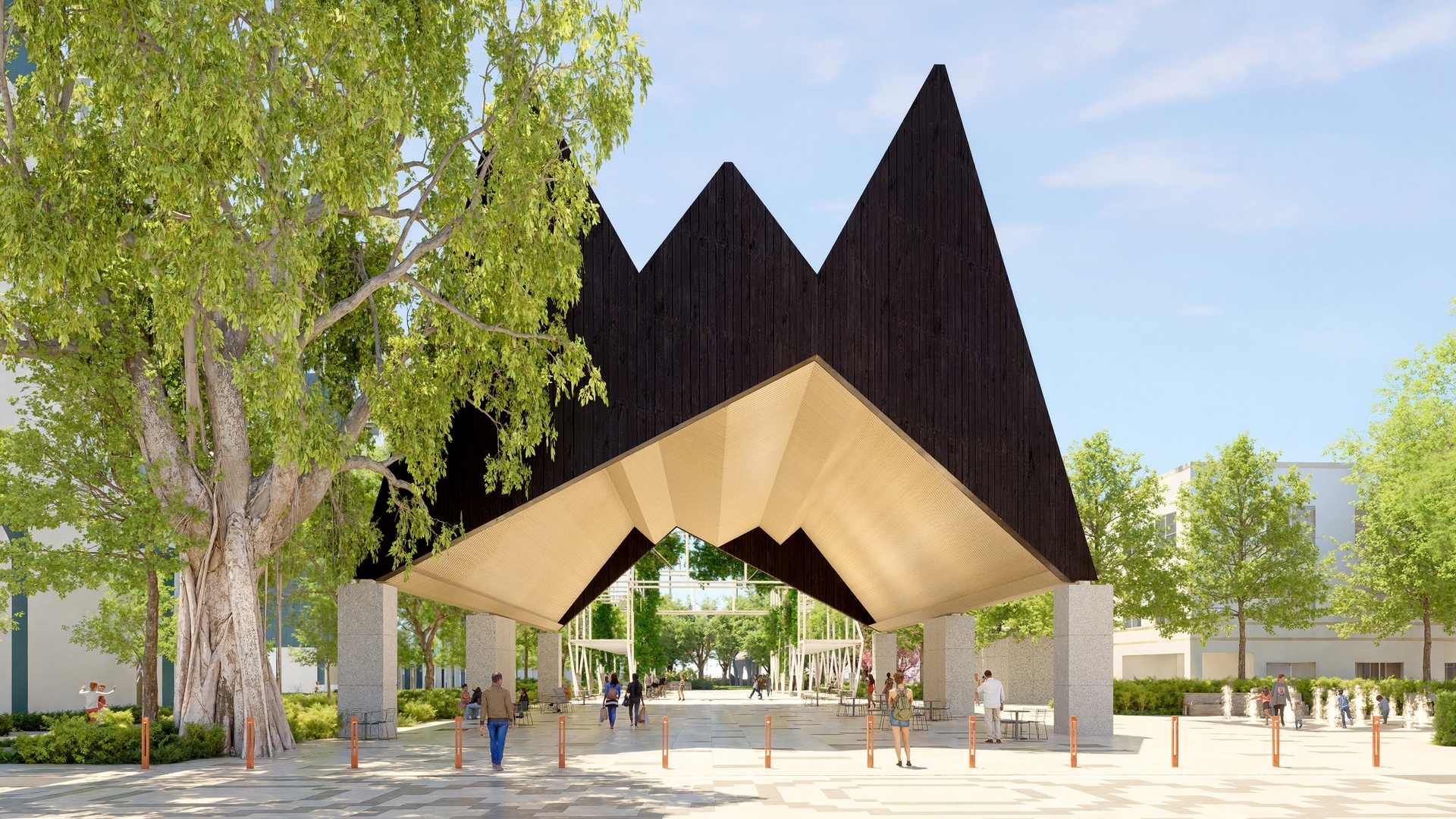
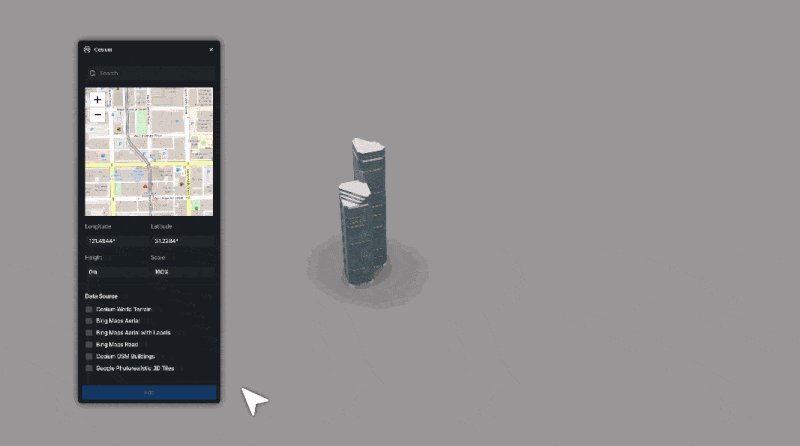



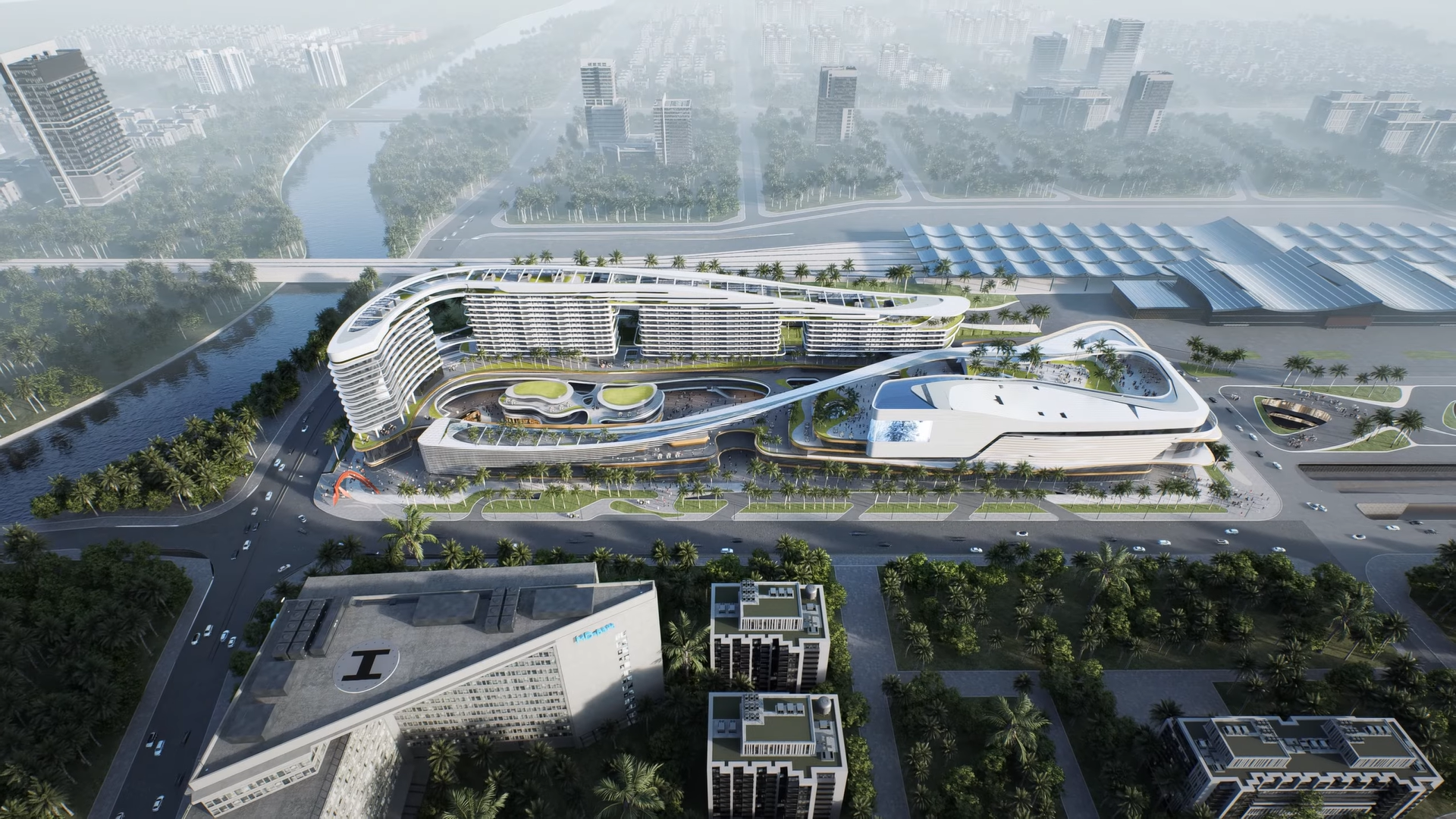
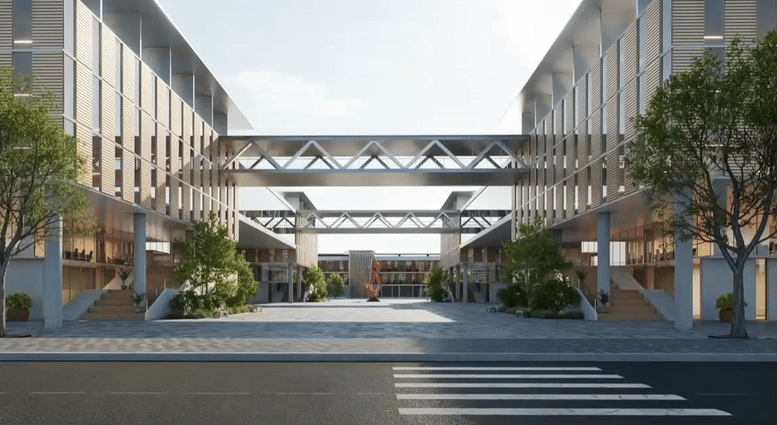






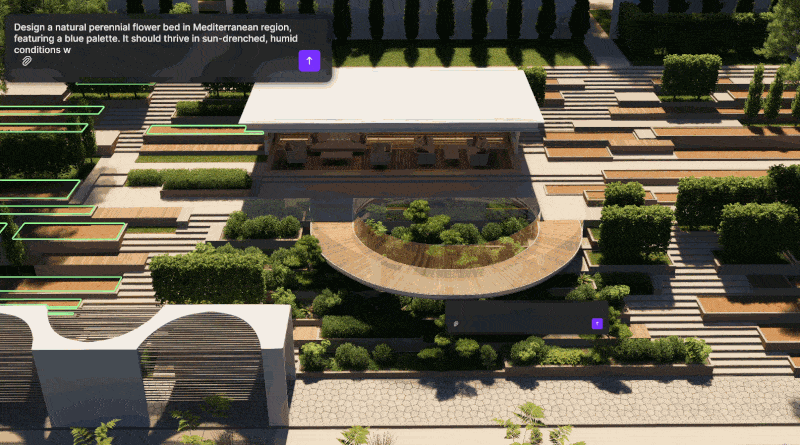
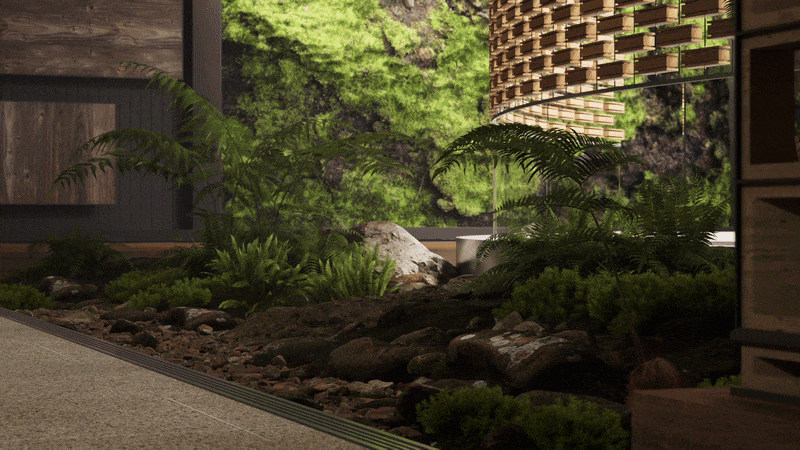

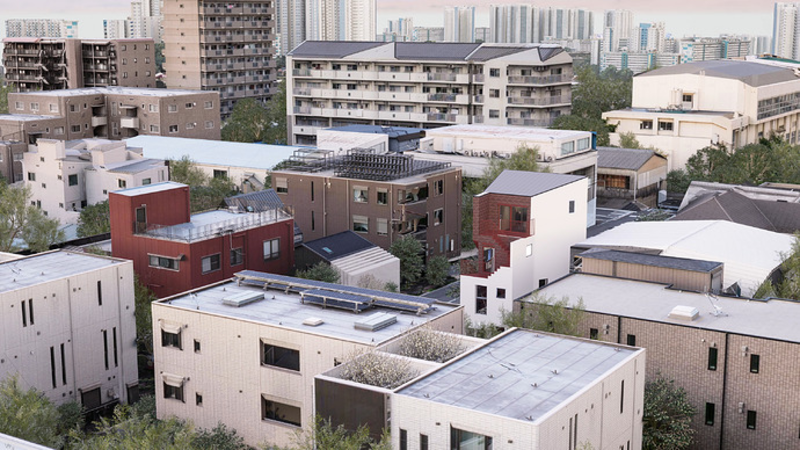
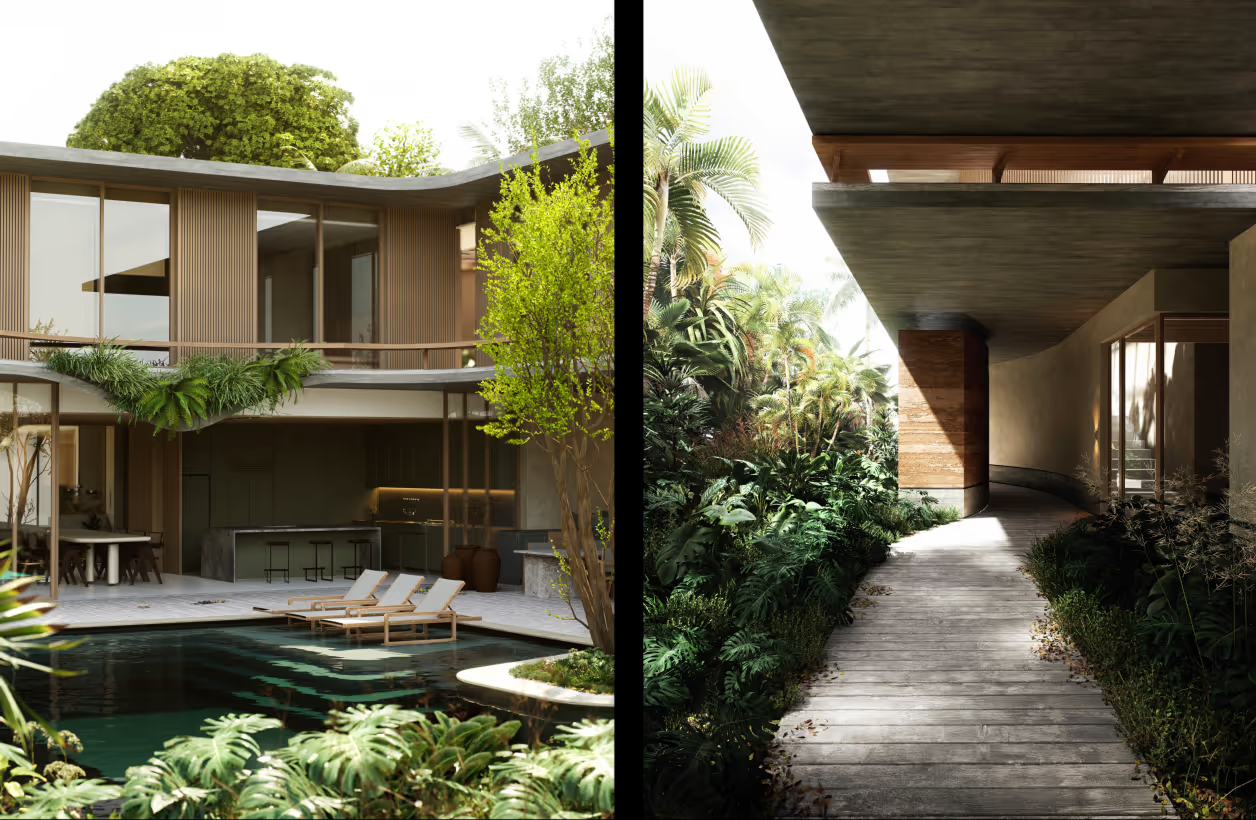
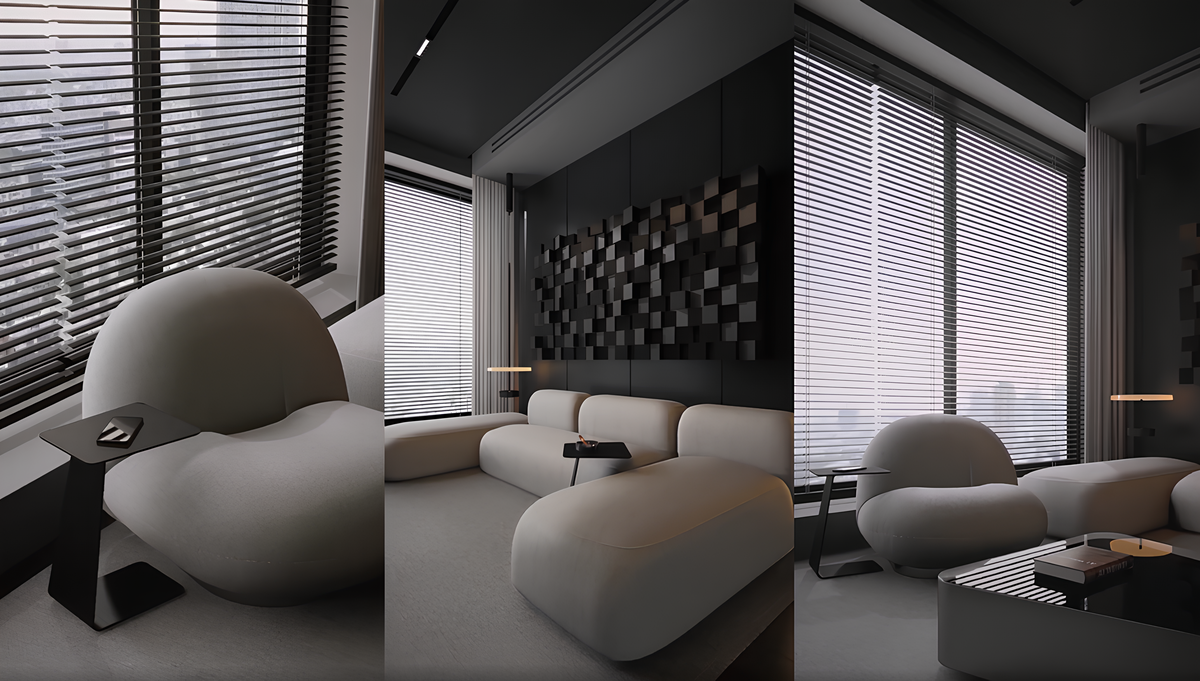

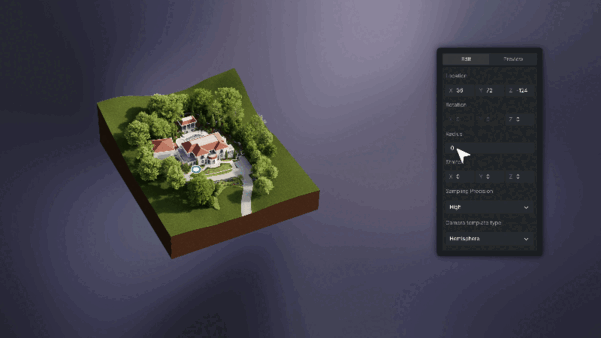

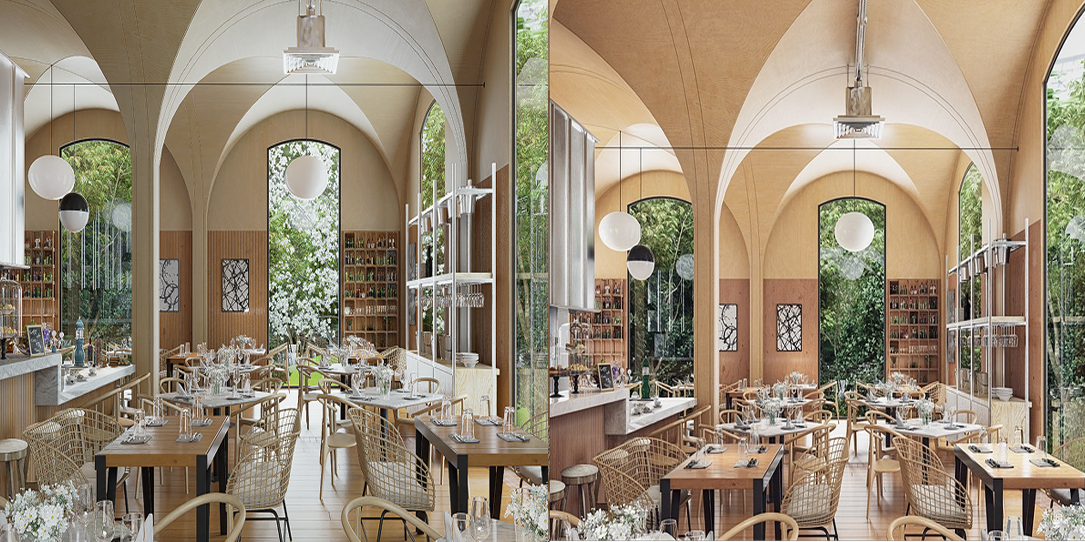
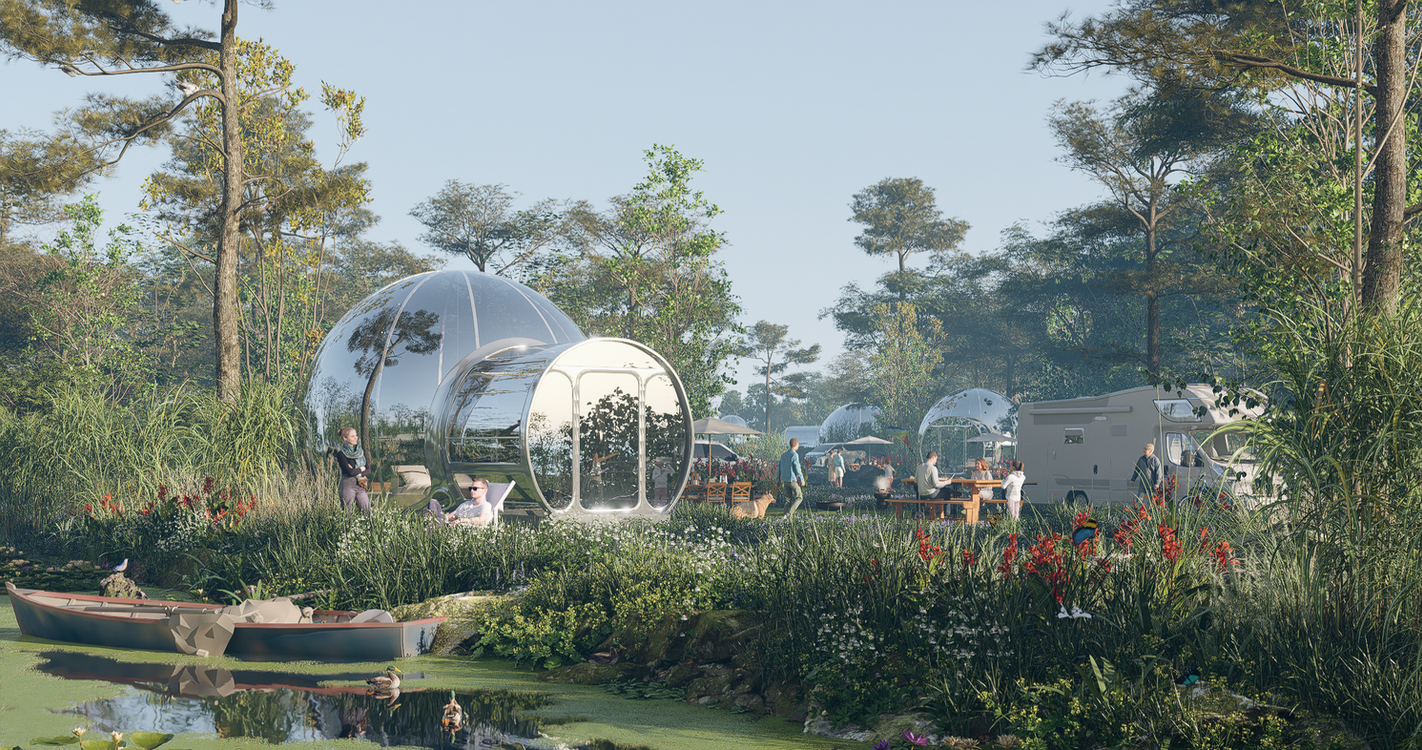

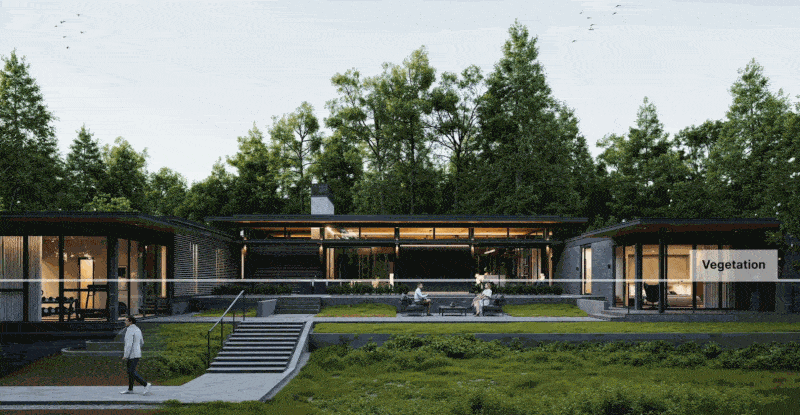
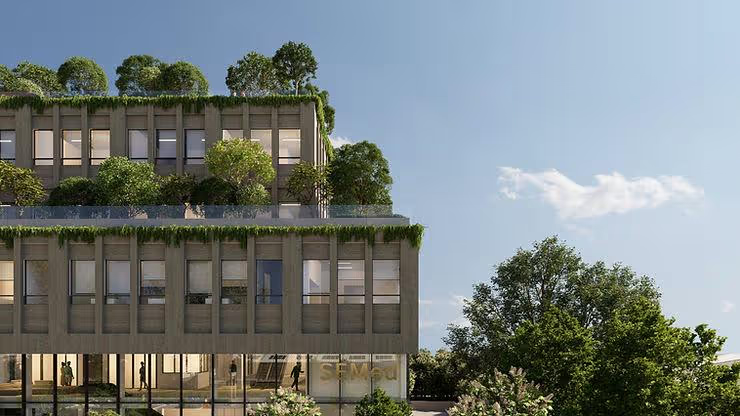

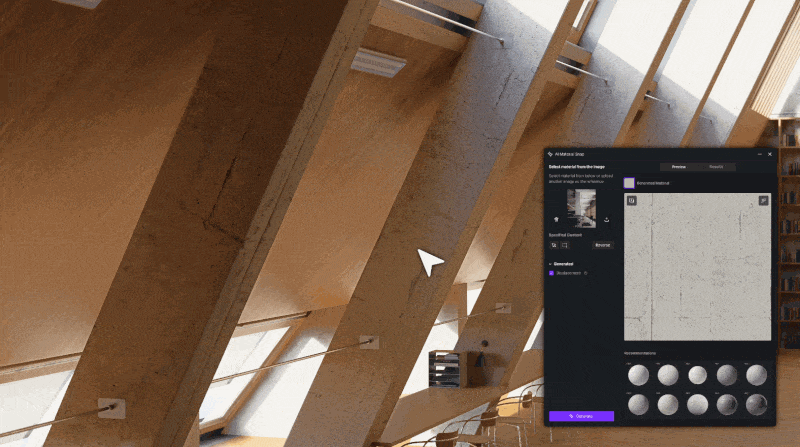
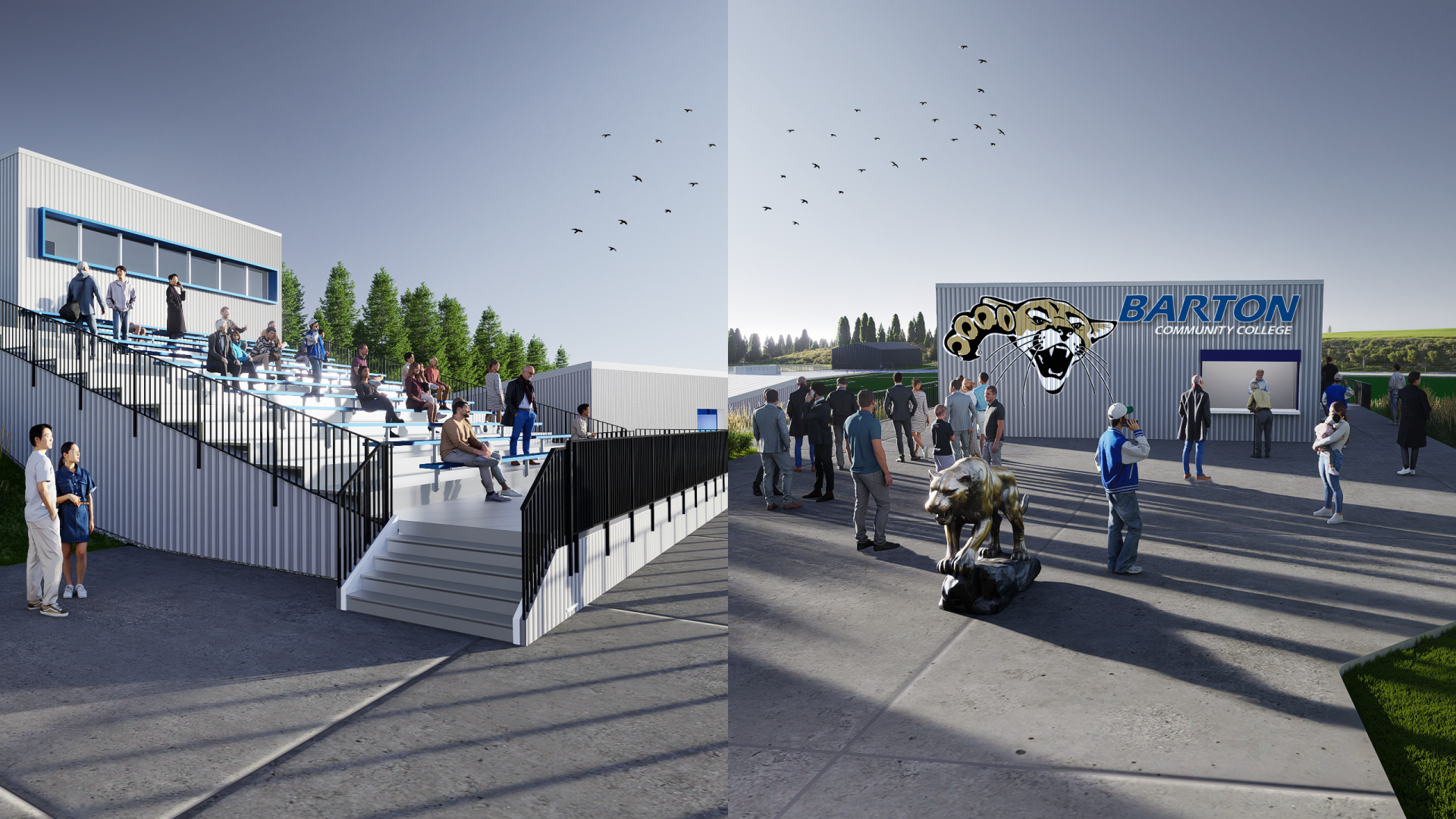
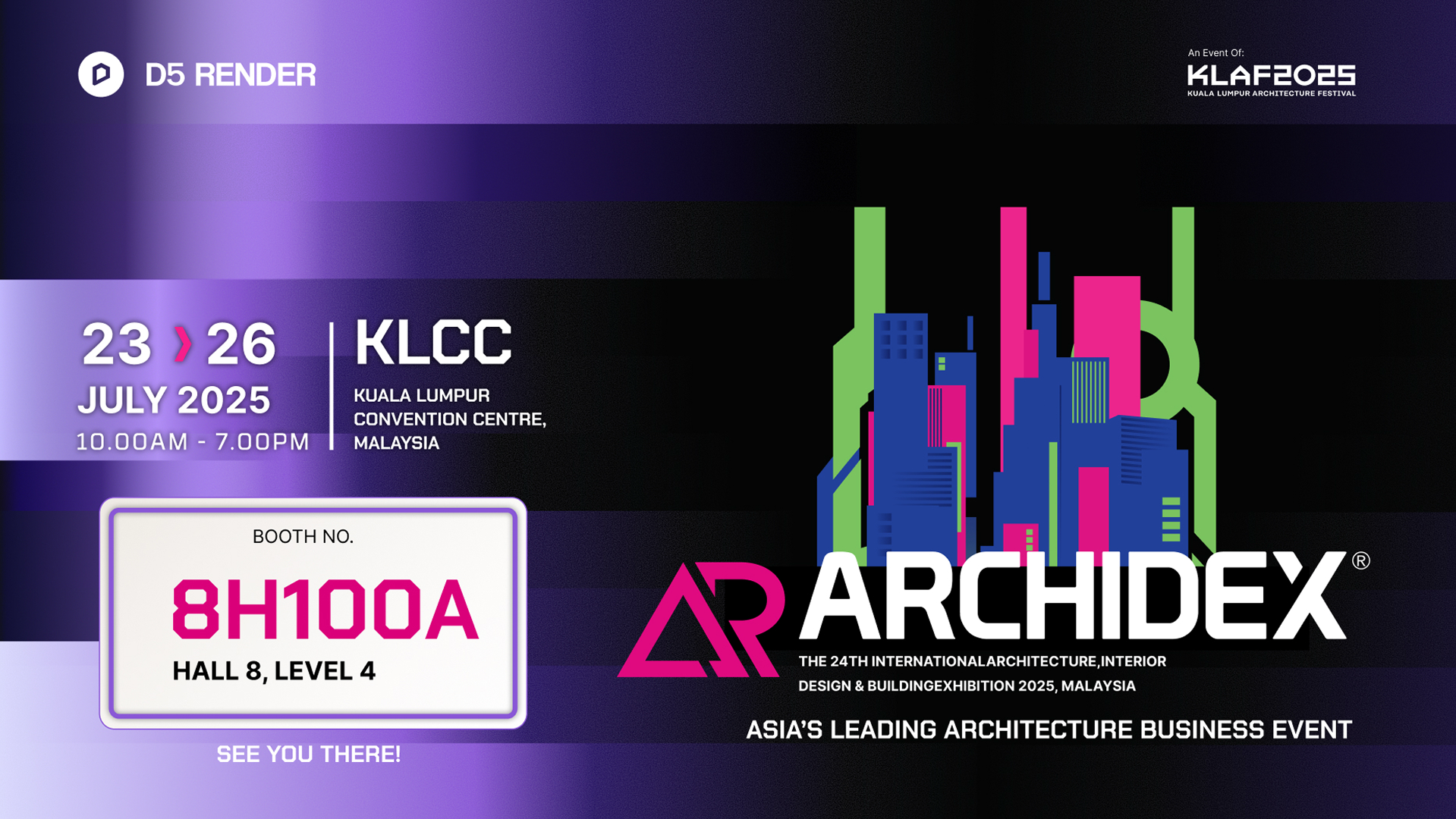
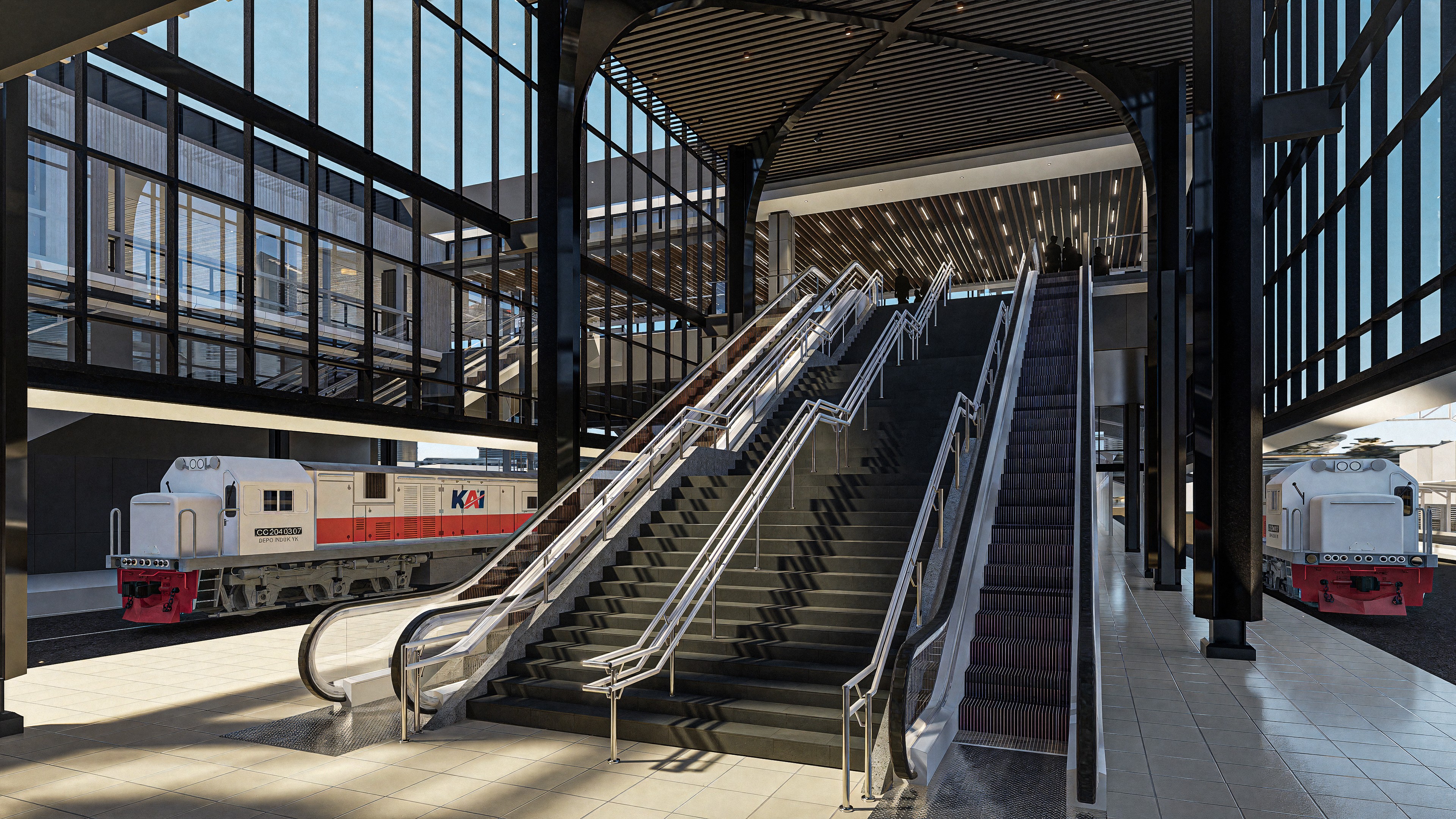


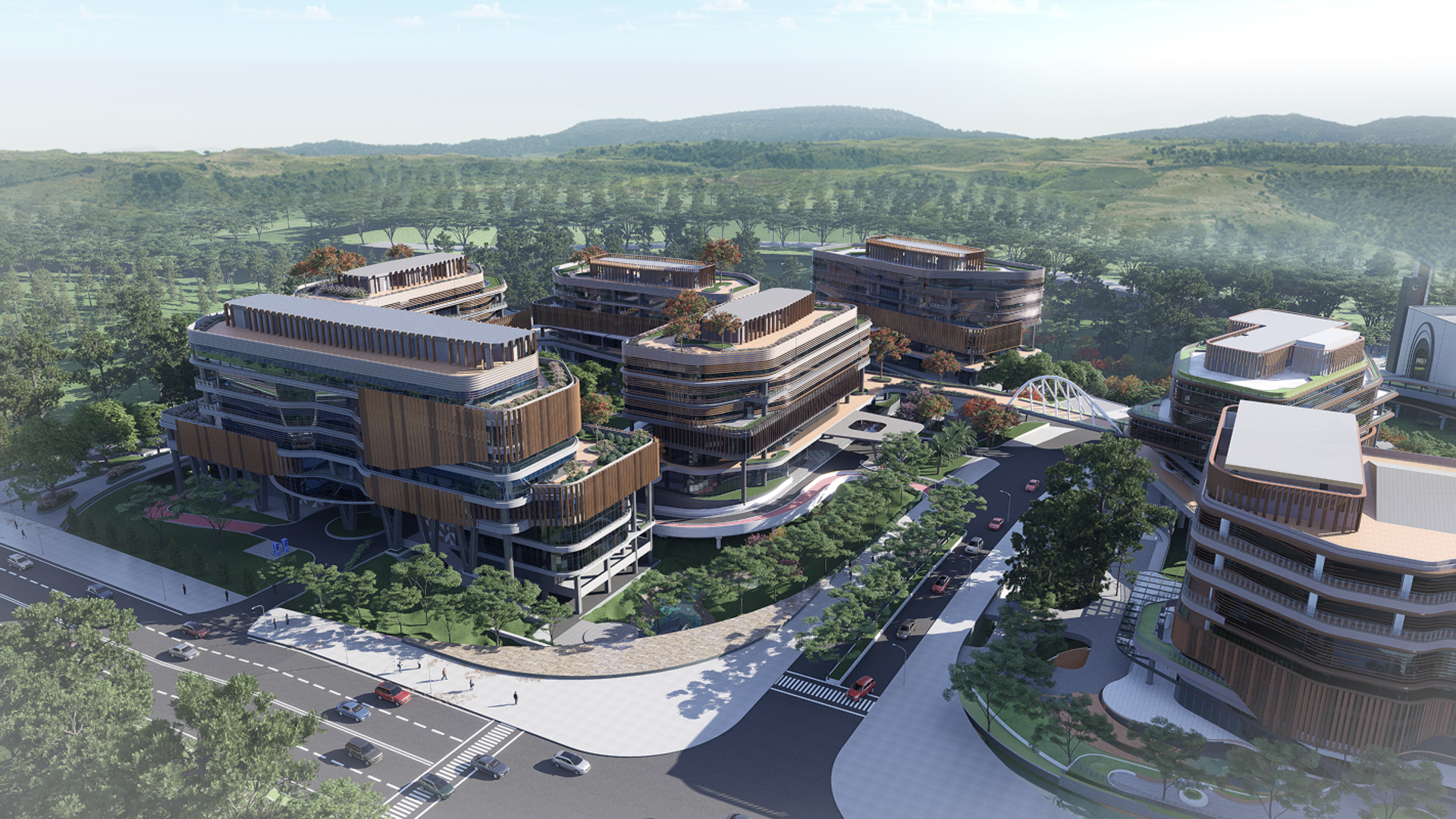
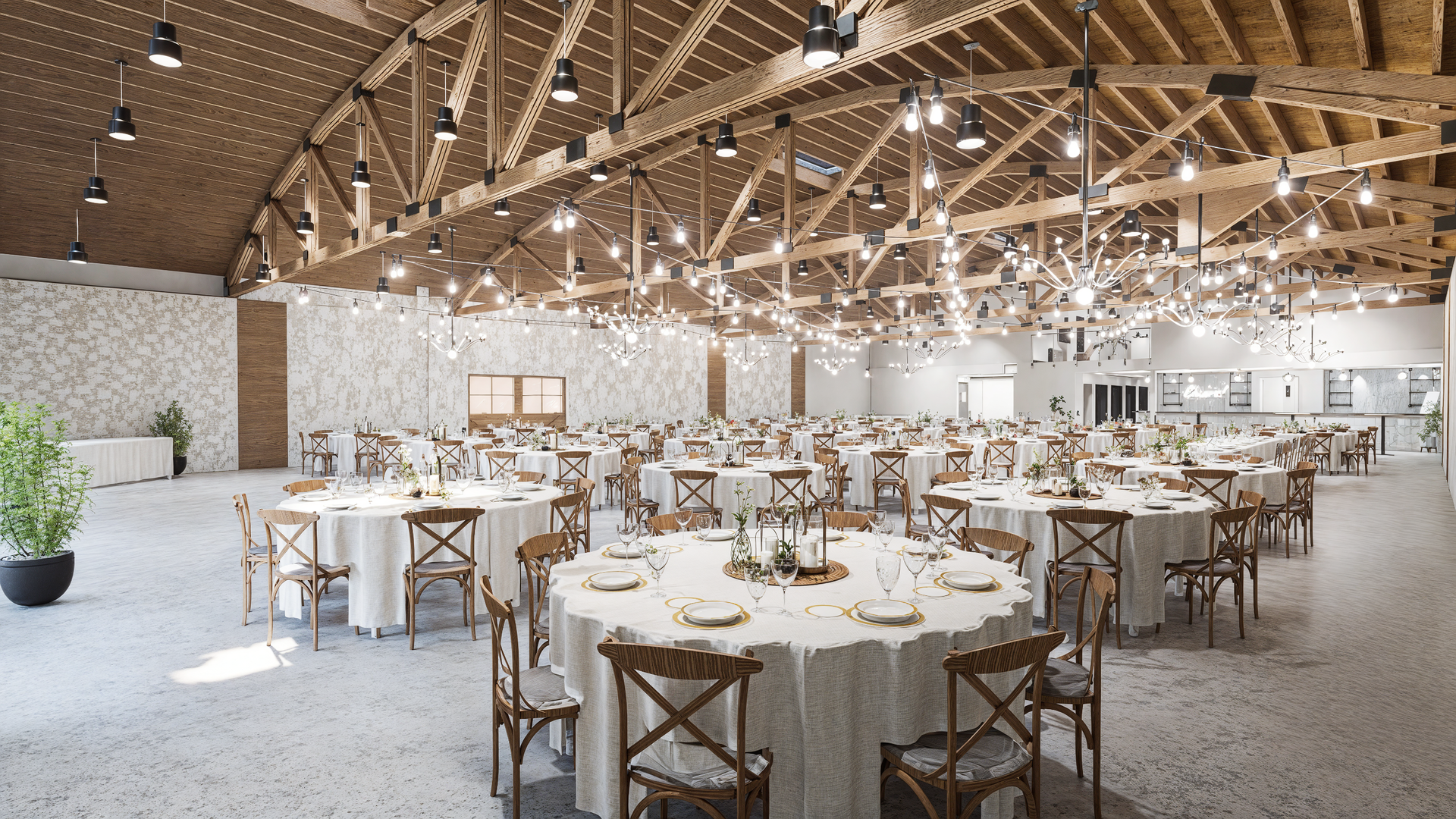
.png)


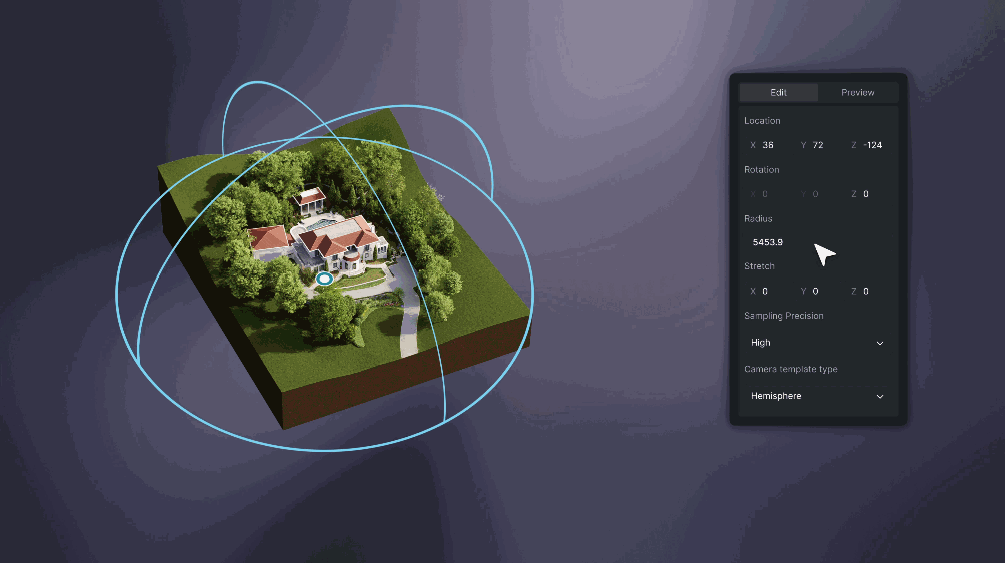
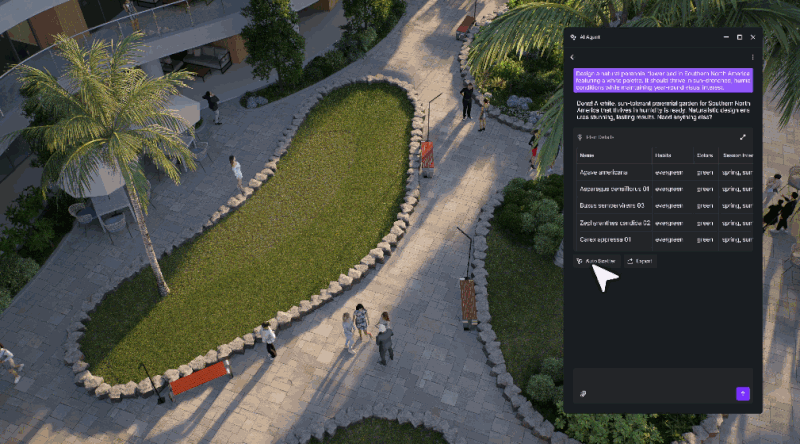
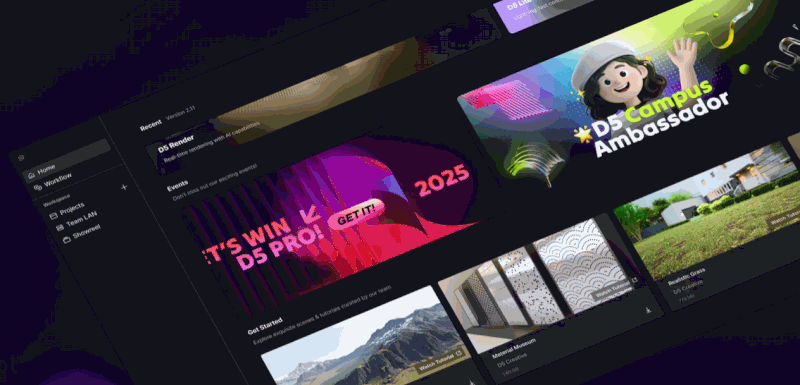


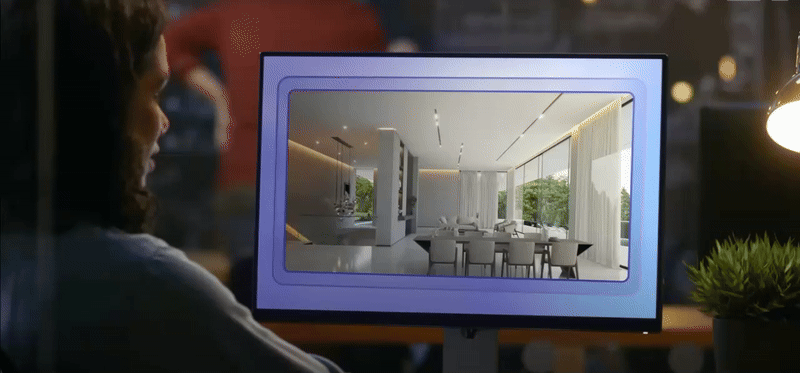














.png)

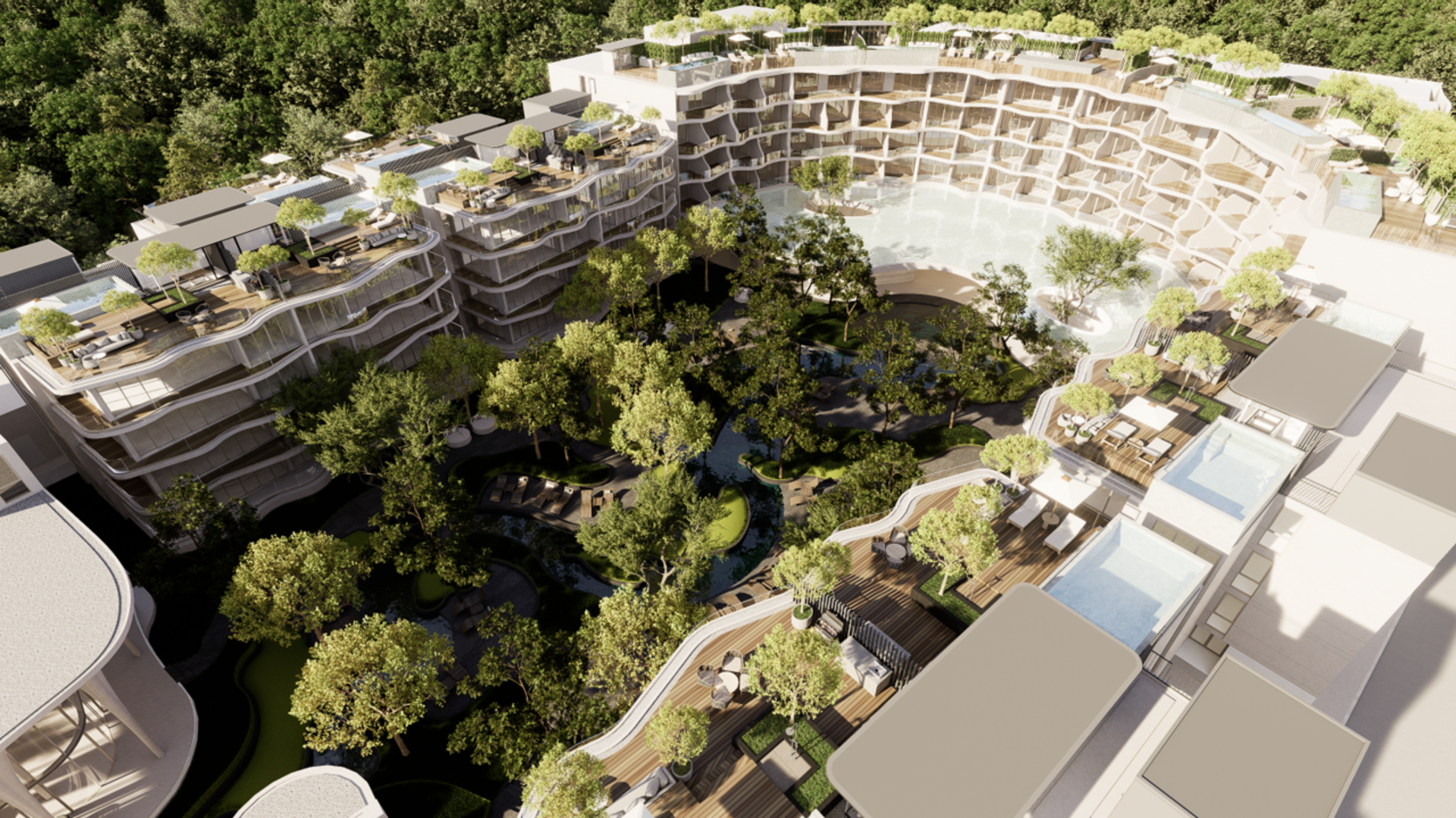



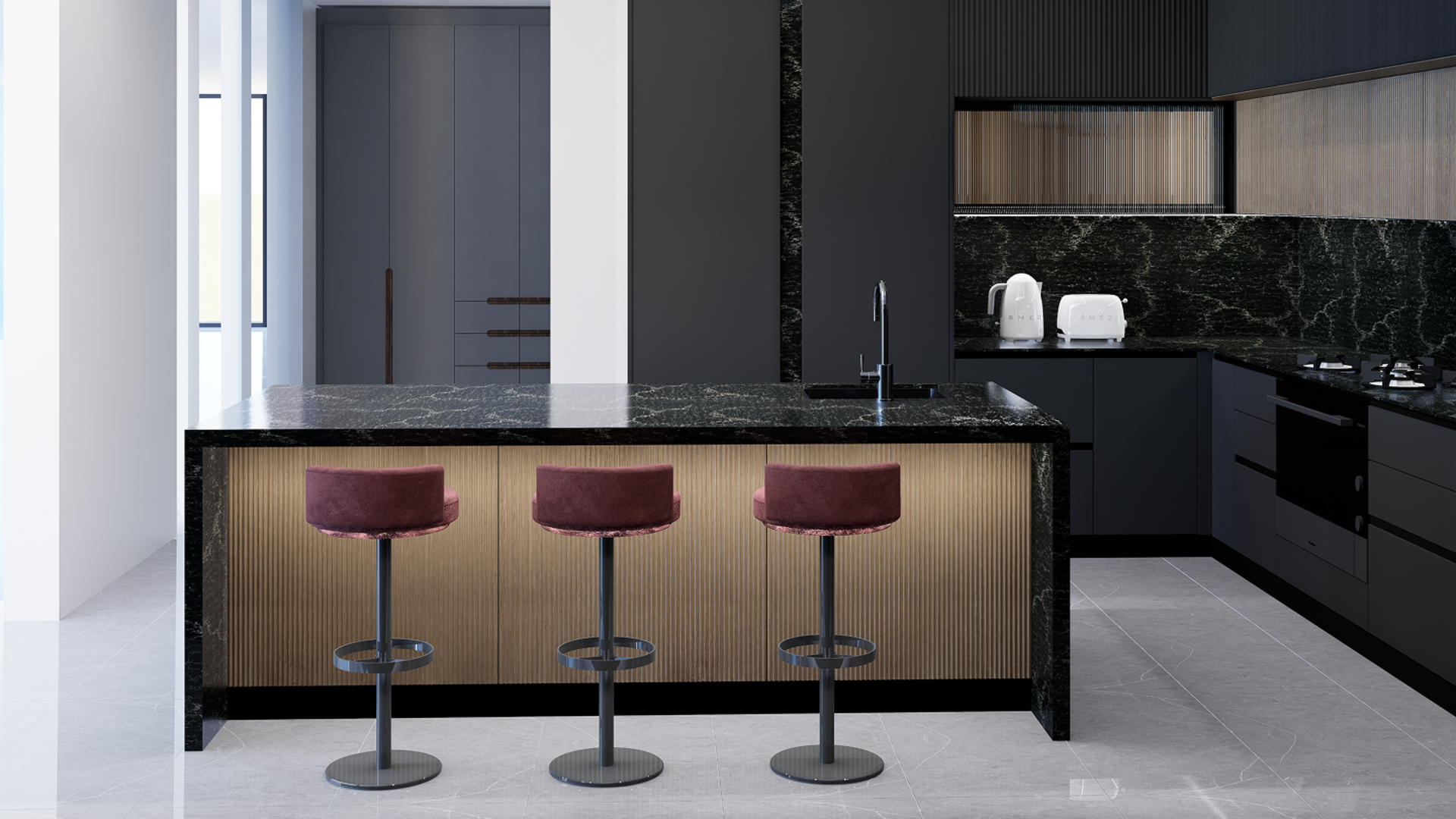
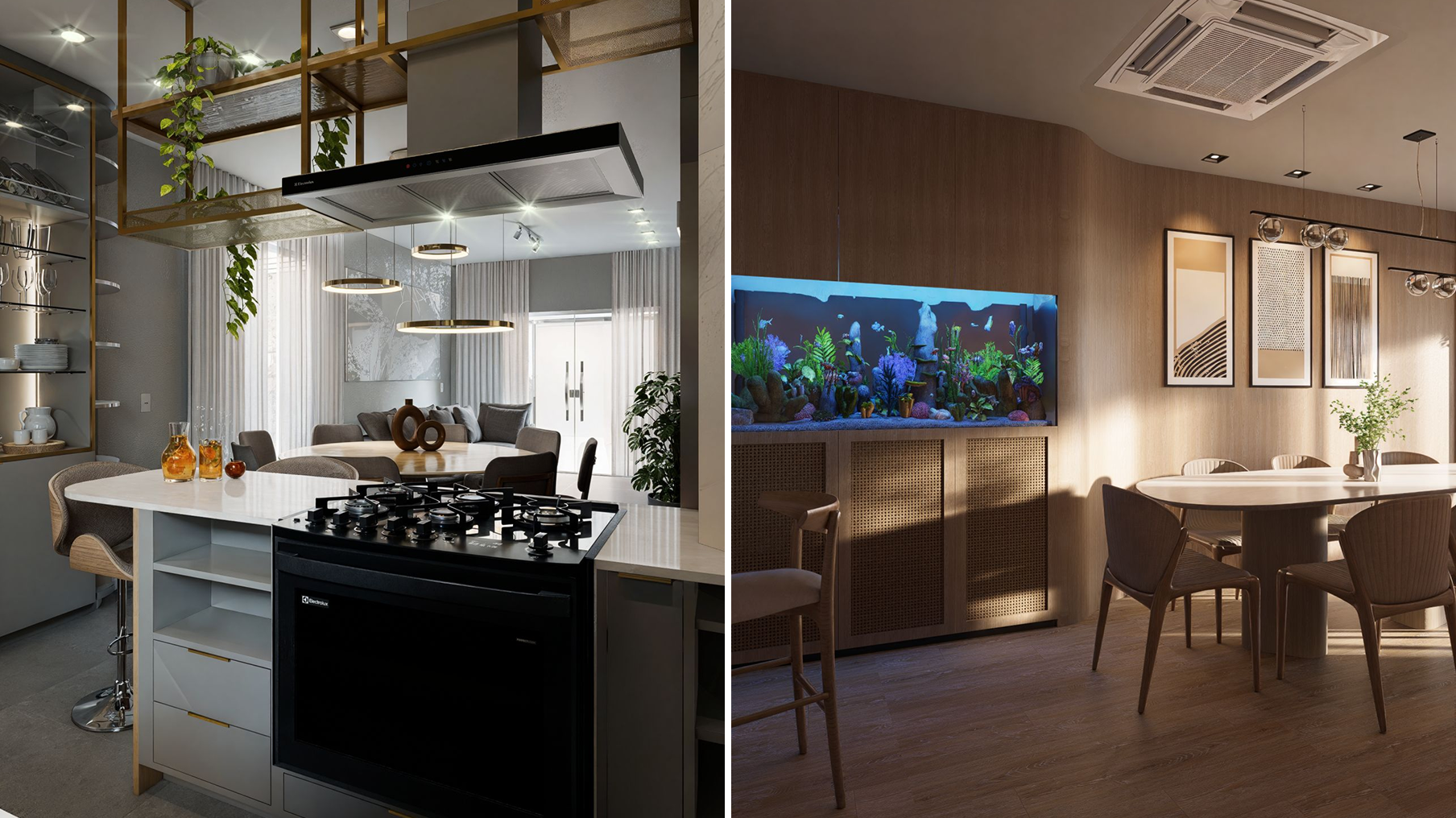








%201.gif)
